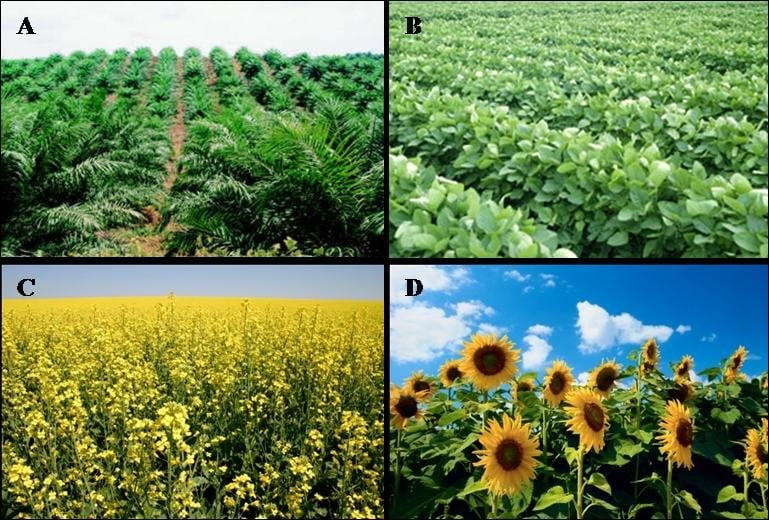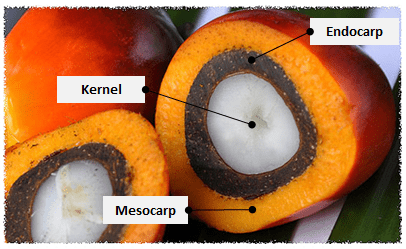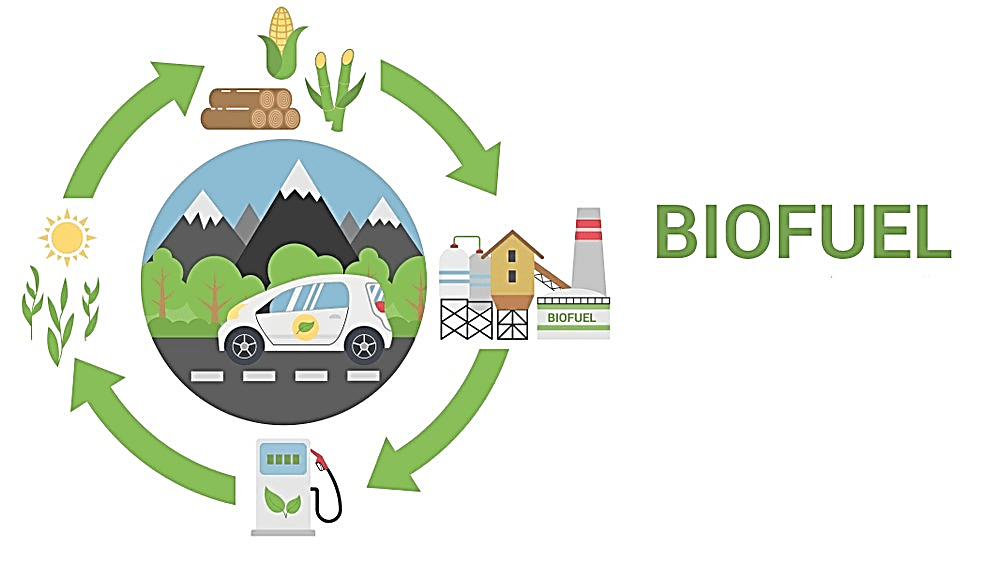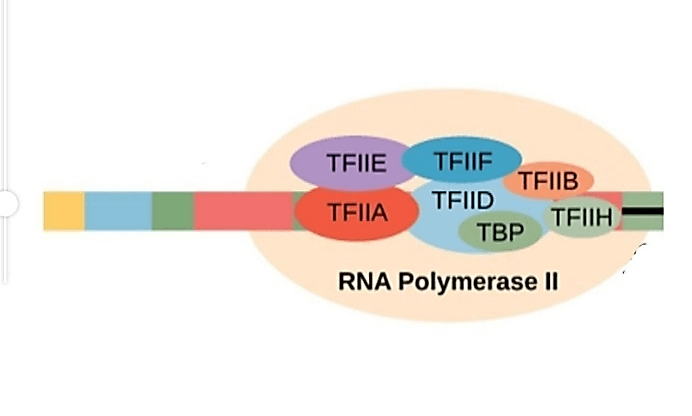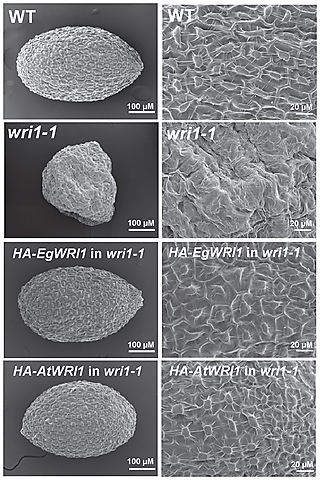Plant Oil – Uses, Potential Applications & A Sustainable Way to Increase Yield
Written by Lim Boon Yee
Lipids are organic compounds made up of fatty acids and their derivatives. Typically, there are 2 types of lipids: Fats, which are solid at room temperature, and Oils, which are liquid at room temperature. Our bodies use lipids in numerous ways. For instance, each and every cell in our body has a cell membrane composed of membrane lipids. Cholesterol is also a form of lipid, making up some of the hormones, including sex hormones, in our bodies. Fat is a crucial energy storage system in our bodies; a thin layer of fats, adipose tissue, protects and cushions our vital organs, while the layer of fats under our skin insulates us and keeps us warm[i].
While lipids undeniably serve essential roles to humans and other animals, plants contain lipids too! There are 3 types of plant lipids: membrane lipids, storage lipids (plant and seed oil) and surfaces lipids such as waxes. Of the 3, much focus is placed on the study of storage lipids, since storage lipids carry high value. Today, 140 billion kg of plant oil are produced per year with an approximate value of $120 billion US Dollars. These oils are of 5 to 10 times higher value ($/kg) compared to starch, a plant-derived carbohydrate. It is predicted that the demand for vegetable oils will double by 2030[ii].
Plant storage lipids are usually found in the seeds of plants, in the form of oil. They provide the seedling with energy before the plant is able to make its own food, that is, before leaves appear to carry out photosynthesis[iii]. Like humans, adult plants store lipids for later use as lipids hold more energy than glucose, which plants store as starch[iv]. Oilseed crops such as Soybean, Rapeseed and Sunflowers, and oil-rich fruits such as Olives and Oil Palms are the commercial sources of plant storage lipidsiii. In fact, with the mesocarp of Oil Palm being 80-90% oil by weight, Oil Palm is now the largest source of the world’s vegetable oil[v]!
Seed oils are vital sources of nutrition for us. Soybean oil on its own already makes up 90% of the vegetable oil in the US and 15% of the calories in the diets of Americans. In addition, seed oils are also valuable chemicals; 20% of vegetable oil are utilized for non-food purposes, such as soaps, shampoos, detergents, plastic precursors and lubricantsii.
Presently, research on biofuel is also making advancements. Biofuels refers to any material derived from biomass – that is, plants, or even algae and animal waste. Since such feedstock material can be easily replenished, they are considered a renewable source of energy, unlike that of fossil fuels such as petroleum and coal[vi]. Seed oils carry huge potential to serve as a possible biofuel as we move towards a greener future; in fact, research on using seed oils as biodiesel in ignition engines are already ongoing[vii]!
Clearly, plant storage lipids bring about many current and potential benefits to us, playing an essential role not just as part of our diets but our daily lives as well. How, then, can scientists increase the rate of effectiveness of the biosynthesis of oil seeds to increase the yield of plant oil? At Nanyang Technological University, the research team led by Professor Wei Ma have achieved this goal. The team has developed a genetic modification that increases the yield of natural oil in seed by up to 15% under laboratory conditions.
In both animals and plants, genes are portions of our DNA that code for proteins through an extremely complex process simply summarized as Transcription and Translation. Zooming into the process of Transcription, intricate protein machineries termed as transcription factors play a key role. These proteins work together to carry out on operation, in this case, the biosynthesis of oil seeds.
After a tedious process of ceaseless trial and error, along with numerous rounds of analyses and evaluation, Professor Wei Ma’s research team discovered that upon modifying the coding sequence of a particular gene and thereby mutating one of the proteins, the seed appears to have a wrinkled appearance. The genetically modified protein was a transcription factor, and was named “Wrinkled1” or “WRI1”. It was found that the modification of this transcription factor was also able to upregulate the plants’ oil production. In their lab, it was observed that these modified seeds produced up to 15% more natural oil[viii]!
Nevertheless, proteins are extremely intricate and complicated molecules, and they carry our tasks through a series of signalling and interactions with other molecules. Despite their current achievements thus far, knowledge on the mechanism behind how WRI1 operates in regulating oil seed synthesis has yet to be brought to light. The research team will continue researching on the operative machinery and mechanisms of the WRI1 protein to make further modifications and attain an even higher yield. We should look forward to the future of the research behind plant storage lipids, as many valuable discoveries are sure to come!
[i] What are lipids, oils and fats? (2019, September 5). Retrieved from https://www.bbc.co.uk/bitesize/topics/zf339j6/articles/zkhdqhv.
[ii] Wei Ma. (2019). ‘Synthetic Biology and Plant Oil Production’ [PowerPoint presentation]. BS4010: Synthetic Biology. School of Biological Sciences, NTU.
[iii] Murphy, D. J. (2016, February 15). Plant Storage Lipids. Retrieved from https://onlinelibrary.wiley.com/doi/10.1002/9780470015902.a0001918.pub3.
[iv] Alberts, B., Bray, D., Johnson, A., Lewis, J., Raff, M., Roberts, K., & Walter, P. (2013). How Cells Obtain Energy from Food. Essential Cell Biolog, 419–445. doi: 10.1201/9781315815015-13
[v] Arunachalam, V. (2012). Oil Palm. Genomics of Cultivated Palms, 29–48. doi: 10.1016/b978-0-12-387736-9.00003-0
[vi] Wei Ma. (2019). ‘Synthetic Biology and Biofuels’ [PowerPoint presentation]. BS4010: Synthetic Biology. School of Biological Sciences, NTU.
[vii] Vijayakumar, C., Ramesh, M., Murugesan, A., Panneerselvam, N., Subramaniam, D., & Bharathiraja, M. (2016). Biodiesel from plant seed oils as an alternate fuel for compression ignition engines—a review. Environmental Science and Pollution Research, 23(24), 24711–24730. doi: 10.1007/s11356-016-7754-2
[viii] Kong, Q., & Ma, W. (2018). WRINKLED1 as a novel 14-3-3 client: function of 14-3-3 proteins in plant lipid metabolism. Plant Signaling & Behavior, 1–3. doi: 10.1080/15592324.2018.1482176

